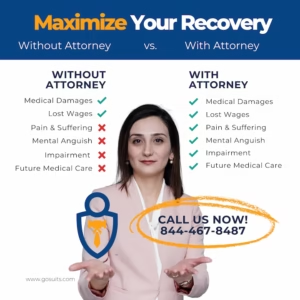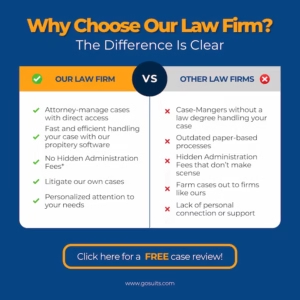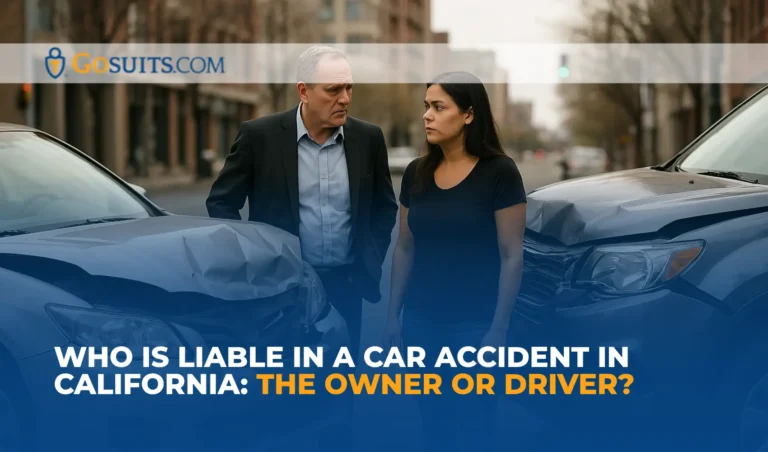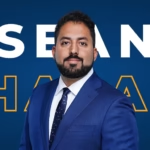After a car accident, one of the most pressing legal questions is whether the person driving the vehicle or the person who owns it is liable for the resulting damages. In California, the answer depends on a number of factors, including who had control over the vehicle, what kind of permission was given, and whether any employment or third-party relationships were involved.
These questions are not just academic. If you are recovering from a serious injury, understanding who may be responsible can affect your ability to pursue compensation and protect your long-term financial stability. California’s civil liability laws offer multiple paths toward accountability, but the process can be complex, particularly when the driver and the vehicle owner are not the same person.
Understanding Vehicle Liability in California
In civil law, liability refers to legal responsibility for harm caused by negligent or wrongful conduct. California applies a fault-based system for auto accidents, meaning that the party who caused the crash is generally held liable. In many cases, that party is the driver. However, when someone else owns the vehicle, the owner may also bear responsibility under certain legal doctrines.
This is particularly true when the driver was operating the vehicle with the owner’s permission or when the vehicle was being used in the course of business. Determining liability in these cases often depends on the specific facts, such as the nature of the relationship between the driver and the owner and whether any negligence can be attributed to either party.
When the Driver Is Liable
A driver who causes an accident through negligent conduct, such as running a red light, speeding, or failing to yield, may be held personally responsible for the harm that results. Fault is assessed by reviewing how the driver’s actions contributed to the crash and whether those actions violated traffic laws or failed to meet the standard of reasonable care. Even if the driver is not the vehicle owner, their individual conduct may still result in liability. The key question is whether they were acting with appropriate caution under the circumstances. If not, they may be responsible for the injuries and property damage caused.
When the Vehicle Owner May Be Liable
California law allows a vehicle owner to be held financially responsible for harm caused by another person driving their car, as long as that use was with express or implied permission. This concept, known as vicarious liability, applies under California Vehicle Code Section 17150. The owner does not need to be present at the time of the crash. Their consent to the vehicle’s use can be enough to create a legal obligation.
In these cases, the owner’s auto insurance is usually the first policy applied to cover any resulting damages. This does not necessarily mean the owner was at fault in a moral or behavioral sense. It simply reflects California’s public policy that those who allow their vehicles to be used by others should bear some responsibility for what occurs.
Exceptions – When the Owner Is Not Liable
There are several circumstances in which a vehicle owner may not be liable for an accident, even if their car was involved. The most important of these involves whether or not the driver had permission to use the vehicle.
Here are examples of when the owner may not be held liable:
- No permission was given. If the driver took the vehicle without the owner’s consent, the owner generally has no legal responsibility for what occurred.
- Permission was limited. If the driver used the car for a purpose far beyond what was allowed—for instance, taking a long trip after being permitted to make a short errand—the owner may argue that the use exceeded the scope of permission.
- Vehicle was stolen. In cases where a car was taken unlawfully, liability usually falls solely on the person who stole the vehicle, not the registered owner.
- Owner had no knowledge of the use. If the vehicle was loaned by someone else with access (such as a child or household member), but not by the legal owner, liability may be disputed.

Employer Liability for Employee Drivers
When a vehicle is involved in a crash during the course of employment, liability may extend to the driver’s employer. Under the principle of respondeat superior, an employer may be responsible for an employee’s actions if the accident happened while the employee was performing job-related duties.
This kind of liability does not depend on who owns the car. Instead, it looks at the employment relationship and whether the driver was actively engaged in work at the time of the crash. If the driver was completing deliveries, transporting equipment, or traveling between job sites, the employer may be brought into the case as a responsible party.
Negligent Entrustment – Owner’s Direct Fault
In some cases, the vehicle owner may be held directly liable for allowing someone unfit to drive their car. This legal theory is known as negligent entrustment. It applies when the owner knows—or reasonably should know—that the person they are giving the car to poses a danger to others.
Common situations that may lead to a negligent entrustment claim include:
- The driver is underage or unlicensed. Allowing someone without a valid license to operate a vehicle may expose the owner to liability.
- The driver has a history of reckless driving. If the owner is aware of past unsafe behavior and allows use of the vehicle anyway, that decision can support a negligent entrustment claim.
- The driver is visibly impaired. Giving a car to someone who is intoxicated, extremely fatigued, or mentally unfit to drive may be considered negligent.
- There is evidence of repeated warnings or concerns. If the owner had previously been warned about the driver’s behavior, or had seen concerning conduct themselves, their failure to act on that knowledge can strengthen the case for liability.
Unlike vicarious liability, which depends on consent, negligent entrustment focuses on the owner’s conduct and decision-making. These cases often require detailed fact-gathering to assess what the owner knew or should have known at the time they allowed use of the vehicle.
Insurance Complications in Owner vs. Driver Cases
California law generally treats vehicle insurance as connected to the car rather than the person. This means that if a car is loaned with permission, the owner’s insurance typically serves as the primary policy to cover any resulting damages. If the costs exceed the policy limits, the driver’s own insurance—if they have any—may serve as secondary coverage.
However, insurance policies alone do not establish liability. Coverage helps pay for damages, but it does not determine who was legally at fault. That distinction is resolved through legal analysis of the facts and conduct of everyone involved. When insurance companies dispute their roles or deny coverage based on exclusions, the question of liability becomes even more important to resolve through a civil case.
How Liability Is Determined After a Crash
Establishing liability after a crash requires a thorough investigation into how the accident happened, who was involved, and what legal relationships existed between the parties. Police reports, witness testimony, video footage, vehicle registration records, and communication history between the driver and the owner can all serve as critical evidence.
In some cases, accident reconstruction may be needed to clarify the mechanics of the crash. In others, the core issue may revolve around permission, scope of employment, or whether the vehicle was used in a negligent way. Each fact pattern is unique, and liability may fall on a single party or be shared between the driver, the owner, and others.

Why Working With A Gosuits Personal Injury Attorney Is Important in These Cases
When a serious accident involves a vehicle that was not driven by its owner, the question of liability is rarely straightforward. The law recognizes multiple types of responsibility, from direct fault to vicarious liability and negligent entrustment. Each of these legal theories requires careful evaluation of facts, documents, and conduct. For those recovering from injuries, legal support can provide the clarity and direction needed to understand your options under California law. Determining who is responsible is the first step in building a path forward. Whether liability rests with the driver, the owner, an employer, or some combination, your ability to pursue justice often depends on how effectively that liability is established.






